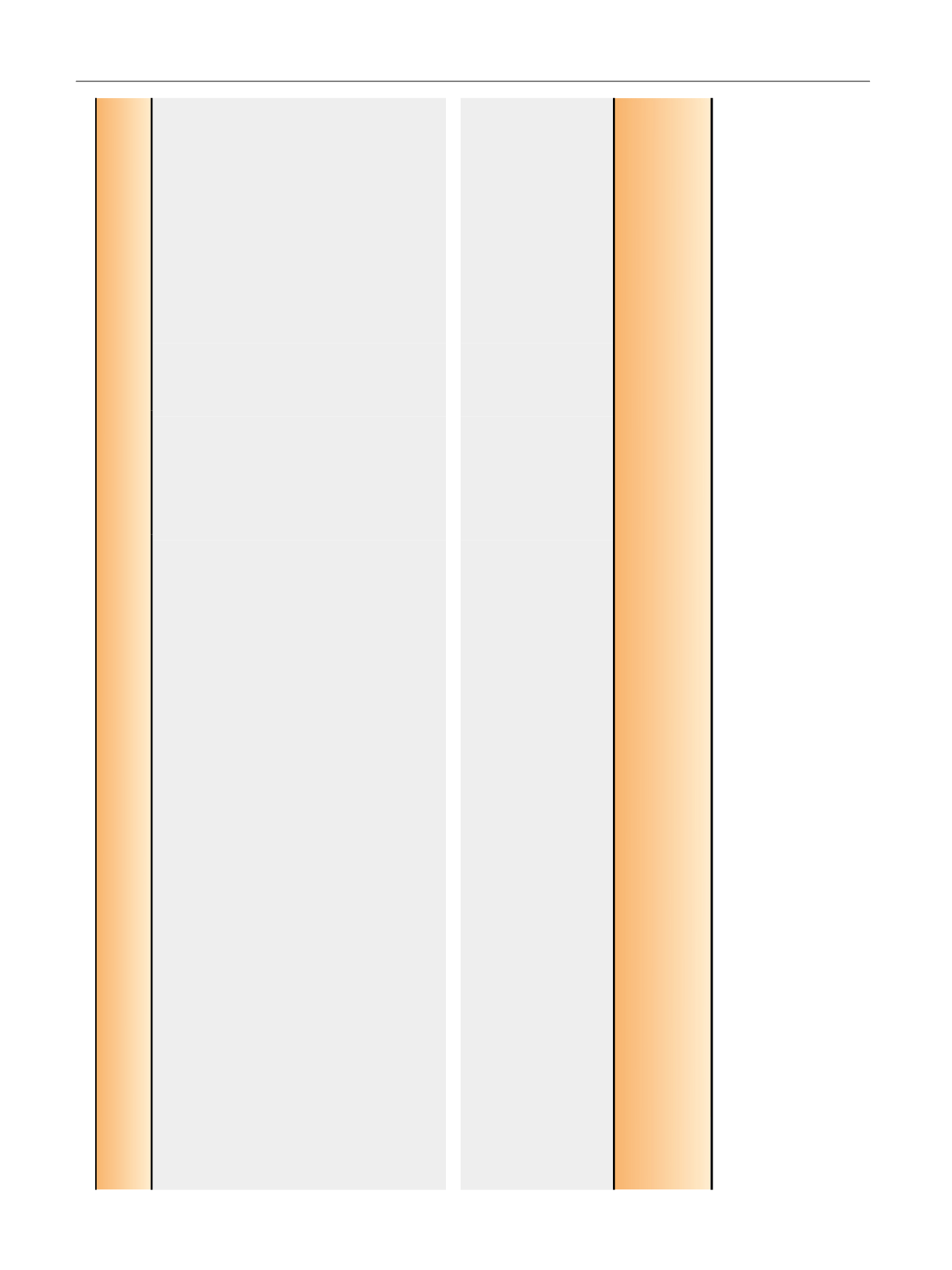

Table 1 (
Continued
)
Study
Patients, no.
Type of
study
Data source
Comparison Cost definition
Costs included
(direct vs indirect)
Perspective
Main findings
including comment
on risk of bias
Bijlani (2016)
[29]
NA
Cost modeling Review of the
published literature to
estimate outcomes
RARP
versus RRP
Costs modeled based
on care pathways and
published government
and other sources
Reimbursements for
procedure,
complications,
functional outcomes,
and adjuvant
treatment within 3 yr
Direct and indirect
costs
Hospital
Payer
Societal
RARP cost $341 (2014) more than RRP.
RARP saved $1451 (2014), mainly because of
lower complication, incontinence, and sexual
dysfunction costs.
RARP saved $1202 (2014) due to faster
recovery and less lost wages.
Risk of bias and potential for COI is high as this
study was conducted by Intuitive Surgical
employees.
Note: in the payer perspective analyses, no
sensitivity analyses are presented, which
would have been helpful as estimates around
incontinence and sexual dysfunction vary a lot
in the literature.
Study with unclear perspective
Sugihara (2014)
[82]
2126 RARP
7202 open RP
Retrospective
cohort study
DPC database
(Japanese inpatient
administrative claims
database) 2012–2013
RARP versus
open RP
Specific cost definition
not provided
Unclear
Median RARP cost: $15 676
Median open RP cost: $10 946
Difference: $4730
(no adjustment for inflation done)
In adjusted model, RARP 52% more costly than
open RP.
Risk of bias moderate as residual confounding
may have been present. Unclear what kind of
cost was examined and which perspective was
taken, as no details given in manuscript.
BMI = body mass index; CI = confidence interval; COI = conflict of interest; DPC = Diagnosis Procedure Combination; DRG = diagnosis-related group; f/u = follow-up; HCUP = Healthcare Cost and Utilization Project;
ICER = incremental cost effectiveness ratio; ICU = intensive care unit; LOS = length of stay; MIRP = minimally invasive radical prostatectomy; NA = not applicable; OR = operating room; QALY = quality-adjusted life year;
RARP = robot-assisted radical prostatectomy; RP = radical prostatectomy; SEER = Surveillance, Epidemiology, and End Results; SES = socioeconomic status; SF-36 = Short-form Health Survey 36.
MIRP was used in claims-based analyses when the codes did not allow for differentiation between RARP and pure laparoscopic prostatectomy. In these cases, the assumption was made that the vast majority of MIRPs are
RARPs.
Note
: for any cost data, the year to which inflation adjustment was made is indicated in parenthesis. Studies are sorted by perspective taken and then listed in chronological order based on the years included in the study.
E U R O P E A N U R O L O G Y 7 2 ( 2 0 1 7 ) 7 1 2 – 7 3 5
724
















